Did you know that the lovely butterfly flittering in your lawn is an insect that we love? The beautiful butterfly is such light weight creature that it can just drift with the wind seamlessly. It seems as though there is no effort required to float into the sky.
These beautiful creatures are the masterpieces drawn artistically by the painter who is none other than Mother Nature. When I watch them, it seems to me like an artist has painted his masterpiece in orange and black with white markings on their wings.
I remember seeing them in plenty when I was a kid. Sadly, I don’t recall observing even a single one from past ten years in the location where I am staying now which an urban part is of heavily populated town.
The number of monarchs is declining; they will soon be listed as endangered species. The reasons are obvious – loss of habitats, extreme weather conditions, freezing temperatures and decreasing presence of milkweed plants.
Butterflies are a necessary part of our eco-system because they pollinate plants which are our main source of food.
Image Credit : Wikimedia Commons, Author Thomas Bresson from Belfort, France and Author Anne Toal from US licensed under the Creative Commons Attribution 2.0 Generic license
Image Credit - Pixabay, Author Kapa65
© copyright WriterArtist 2014, all rights reserved



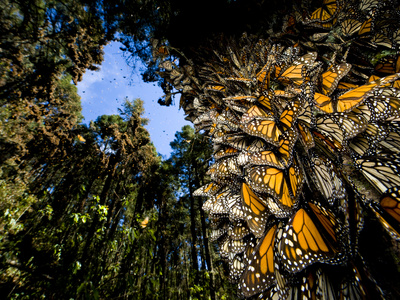

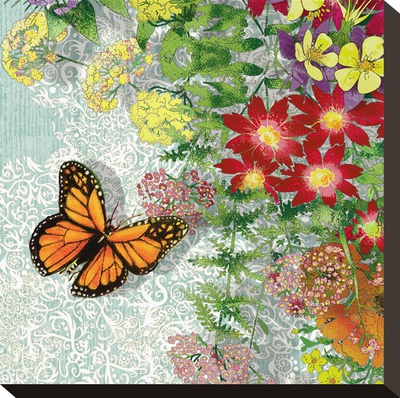
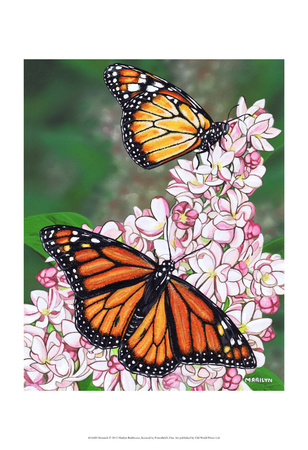






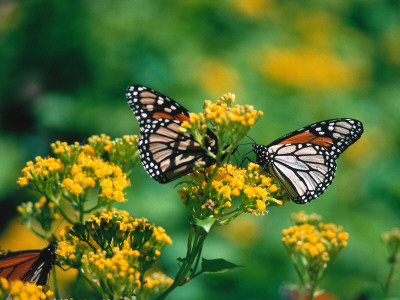
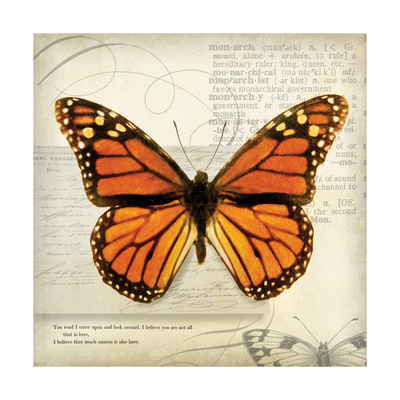
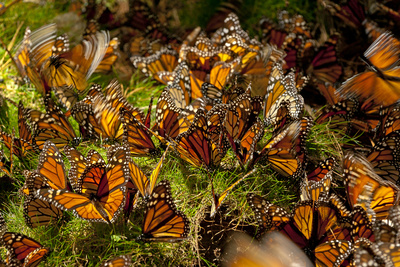

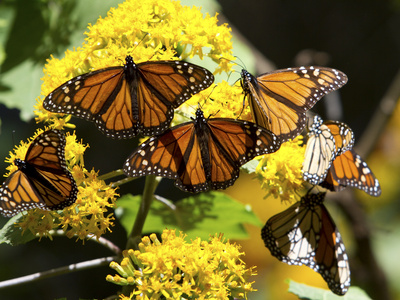
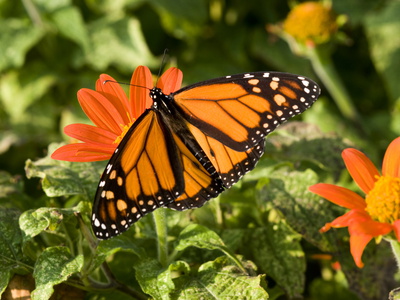
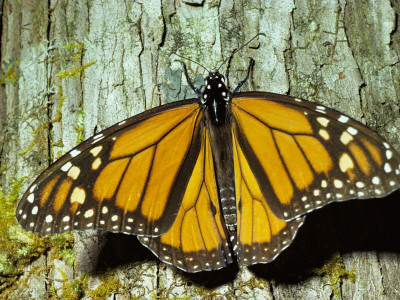
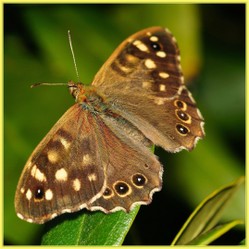

 Harvest Bounty of Fall Fruitson 08/03/2023
Harvest Bounty of Fall Fruitson 08/03/2023
 Is Buddhism older than Hinduism?on 06/13/2023
Is Buddhism older than Hinduism?on 06/13/2023
 Was Tirumala Tirupati Balaji Temple a Buddhist Shrine?on 06/13/2023
Was Tirumala Tirupati Balaji Temple a Buddhist Shrine?on 06/13/2023
 The Great Wave of Kanagawa from Japanese Artist Hokusaion 06/11/2023
The Great Wave of Kanagawa from Japanese Artist Hokusaion 06/11/2023

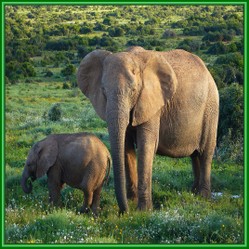
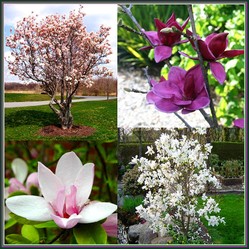
Comments
We planted swamp milkweed in our yard, and also there was some common milkweed that came up in another location, and we actively encouraged it, and sure enough, monarchs have showed up in our yard. I then planted a third type of milkweed, the orange-flowering "butterfly weed", Asclepias tuberosa. It's a stunningly beautiful flower too.
It reminds me a lot of that old movie, "if you build it, they will come"...you just need to create the right habitat and the insects associated with that habitat will show up.
There are so many different types of milkweeds. I don't know which ones are best, but I know that by planting a variety of them, you can get a great deal of variety of color. They also attract other types of insect biodiversity too...I found some aphids eating our swamp milkweed, and then I found a praying mantis had showed up to eat them.
The posters look too beautiful. I didn't know the numbers are declining, I used to see them in the garden in my parents' home especially when there were milkweed flowers and the red Mexican sunflowers. They are so pretty.
I'd hate to even think about these beautiful creatures becoming extinct. Voted up and pinned.